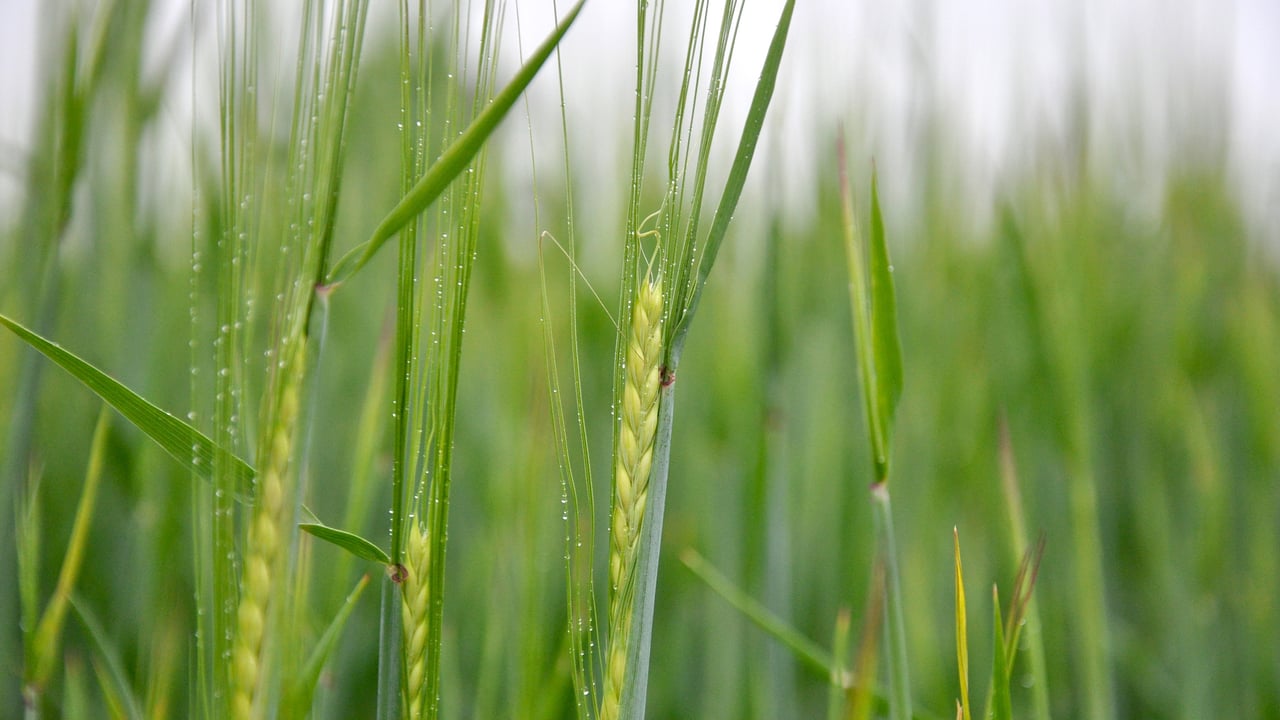Opinion: All grain crops grown in Ireland have an inherent added value
Adding value to grain crops has long been a principle espoused by Irish tillage farmers and stakeholder groups representing their interests.
But up to now, this argument invariably kicks off with crops such as malting barley and gluten-free oats, which misses the point completely.
The reality is that every grain, oilseed, and protein crop grown in Ireland has an inherent added value, relative to ‘so called’ import equivalents.
And there is a very important core value driving this principle - Ireland has its own unique growing conditions, capable of delivering crops of the highest quality on a consistent basis.
Our soils are unique, our weather conditions are unique.
But more than this, native grains underpin all that is positive about Irish agriculture as a whole.
And this principle has a relevance that goes well beyond cereal commodity values, provided one basic criterion is met.
Crops must be grown in full compliance with a traceability scheme that fully complements all existing farm quality assurance measures.
And, if native grains are officially recognised in this regard, then they should come with a premium price tag at grower level.
Making all of this happen is not rocket science.
All it requires is the likes of Bord Bia, the millers, the food processing sector, and the food retailers to join forces in allowing the principle to flourish with their support and guidance.
For the record, adding value to grain crops works from everyone’s perspective, The recent confirmation of the excise duties generated for the government linked to malting barley production is a case in point.
Recent years have seen successive Irish governments actively supporting the role grazed grass plays in producing Irish beef, milk, and lamb of the highest quality - and rightly so.
However, there is no reason why native grains should not be included within this principled marketing stance.
No doubt, certain groups with a vested interest will want to point out that Ireland’s red meat and dairy industries export the vast bulk of their output to countries around Europe and beyond.
So the issue of native Irish grains may not resonate that well with consumers beyond these shores.
But that is not the point. The issue of native grains used in food produced for the home market will resonate strongly with Irish consumers.
And this is how the story must be couched.
Ireland’s population continues to grow, with the home market now accounting for 20% plus of all the food and drink produced here.
It all adds up to a lot of homegrown barley, wheat, oats, oilseeds, and plant proteins.





